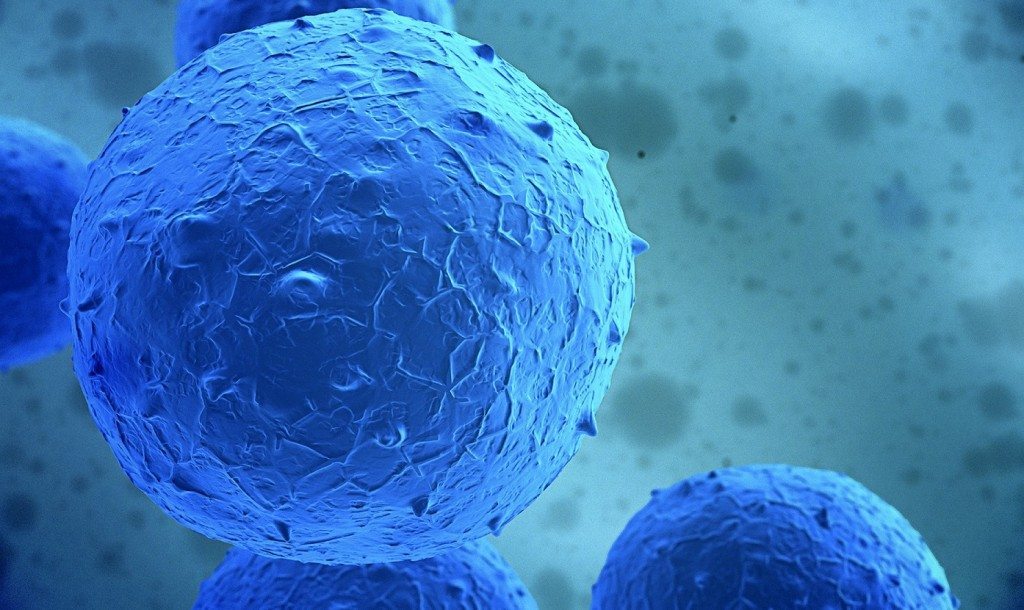Regenxbio Inc (NASDAQ:RGNX) just announced its intention to enroll the first patient in its phase I/II clinical trial of its lead candidate, RGX-501. The trial has taken a while to get going, primarily due to a stringent screening procedure/requirement that dictates patients must have discontinued any other treatment regimens for up to six months before dosing with RGX-501. This effectively ruled out a huge number of potential patients, as six months without treatment in this indication (which we’ll look at in a little more detail shortly) is a big ask. Now, however, an amendment to the initial clinical protocol, which was really the root of the latest announcement from the company, sees this requirement lifted. The new, accepted protocol allows patients to skip the discontinuation period and continue to take a class of drug called PCSK9 inhibitors.
So, with the prohibitive protocol removed, Regenexbio can finally (hopefully) start serving up doses of RGX-501 to candidates. Ahead of the first dosing, let’s take a look at the drug.
It’s a gene therapy drug, and the science behind it’s MOA is pretty interesting. The company has developed what it calls an MAV, which is a capsid coating that serves as a delivery vehicle for genes. For those familiar with the gene therapy space, think of MAVs as a sort of second generation AAV. In gene therapy, the capsid (in this case, an MAV called AAV8) contains a gene, and when introduced to the body systemically (usually through injection or IV) delivers this gene to a targeted tissue. Once at the target cells, the entire capsid makes its way into the cell and towards the nucleus. At the nucleus, it dissolves, releasing the gene it contains. The gene transcribes its DNA into RNA, which then starts to manufacture the protein for which the gene encodes. The point of this type of therapy is that the gene delivered codes for a protein that is deficient or inactive in patients, and this deficiency is the root of the disease for which the therapy is targeting. In this instance, the disease is called familial hypercholesterolemia, and the protein in question is LDL receptor protein. Mutations in the gene that encodes this protein (LDLR gene) mean it doesn’t work as it should, and this creates a buildup of low density lipoprotein (which is just another name for the cholesterol that does us harm). The buildup causes the symptoms of the condition.
Having explained all that, it’s now pretty simple to explain RGX-501 – it’s a NAV encased LDLR gene designed to stimulate production of healthy LDL receptor protein.
There’s proof of concept preclinically, but the phase I/II in question is where things should really start to get interesting. It’s a safety primary endpoint, but the trial’s secondary is looking at the change in LDL cholesterol from baseline across the dosing period. It’s also a dose escalation study, which makes it of even more interest. Why? Because we may see some correlation between dosing and clinical impact. Specifically, if the higher doses translate to an increased level of reduction from baseline LDL, it’s a sort of unofficial confirmation of efficacy – one of the holy grails of early stage trials.
So, that’s what we are looking for from this trial. Safety, of course, as this is the primary endpoint, but efficacy is more our focus. If the company can demonstrate some clinical impact as defined by the above mentioned reduction in LDL (note here that there is no predefined percentage change, so any reduction will be classed as statistically significant for the purposes of classifying an endpoint hit/fail), then this is where the upside really lies come data dump.
It’s a while off – the trial isn’t really underway until the dosing starts, and even then we’re looking at a twelve week dosing across a range of dose levels – but we should start to see some interim hit press early 2017 if the company can start picking up patients as it expects.
There are also a couple of INDs scheduled to be accepted before the close of the year, so this should shore up the company’s pipeline and offer up some (albeit minor) event driven volatility. Always good for the restless investor.
